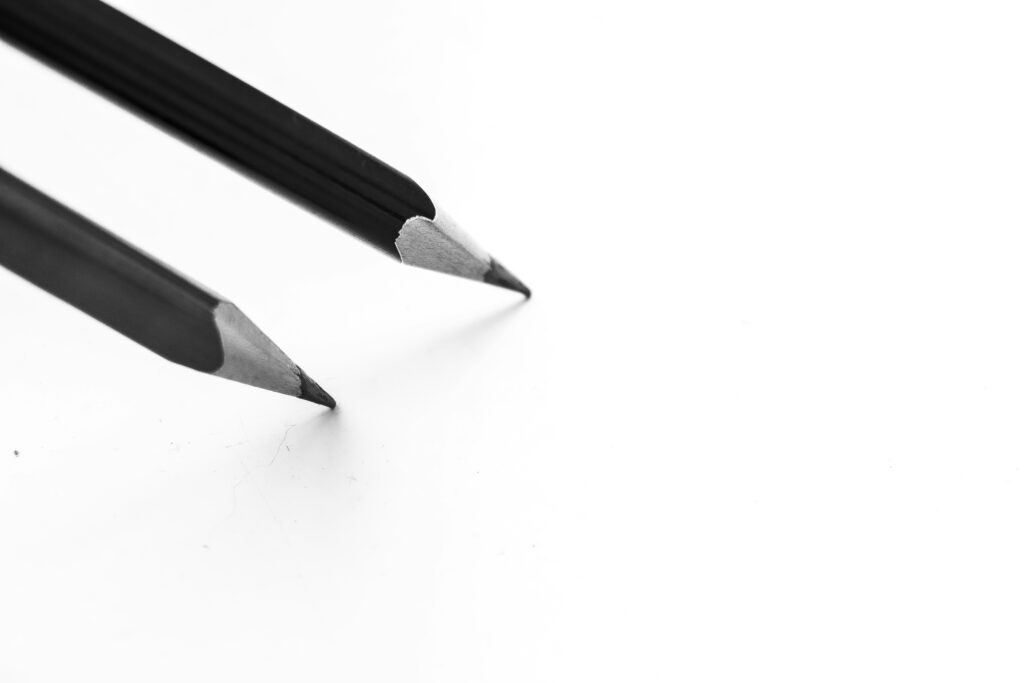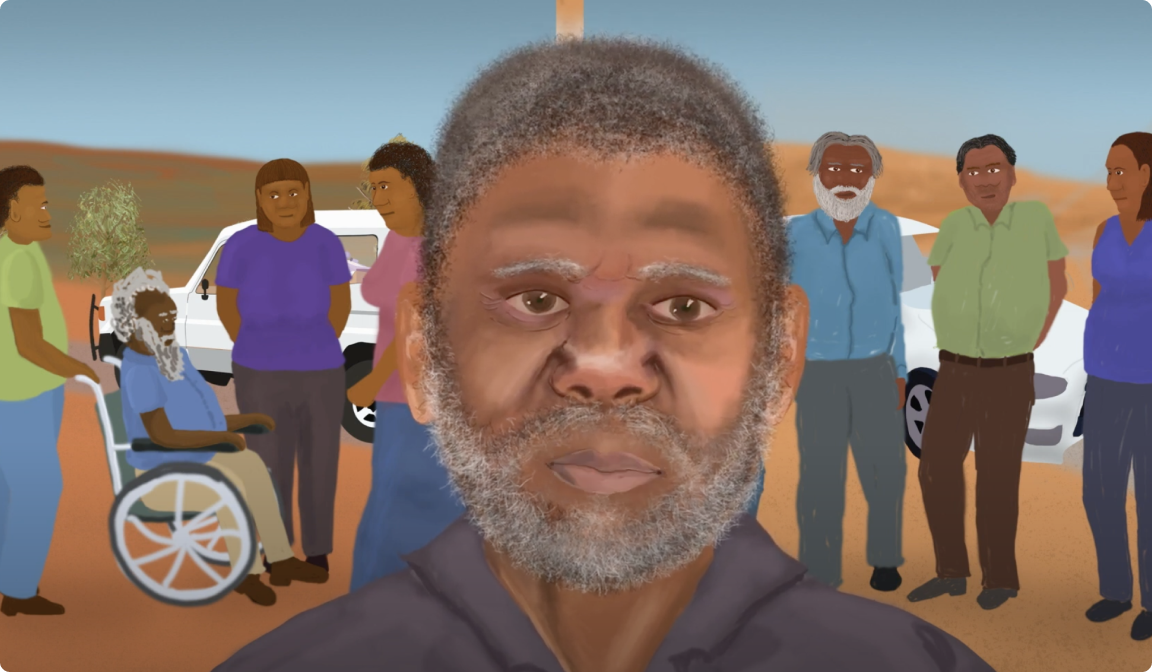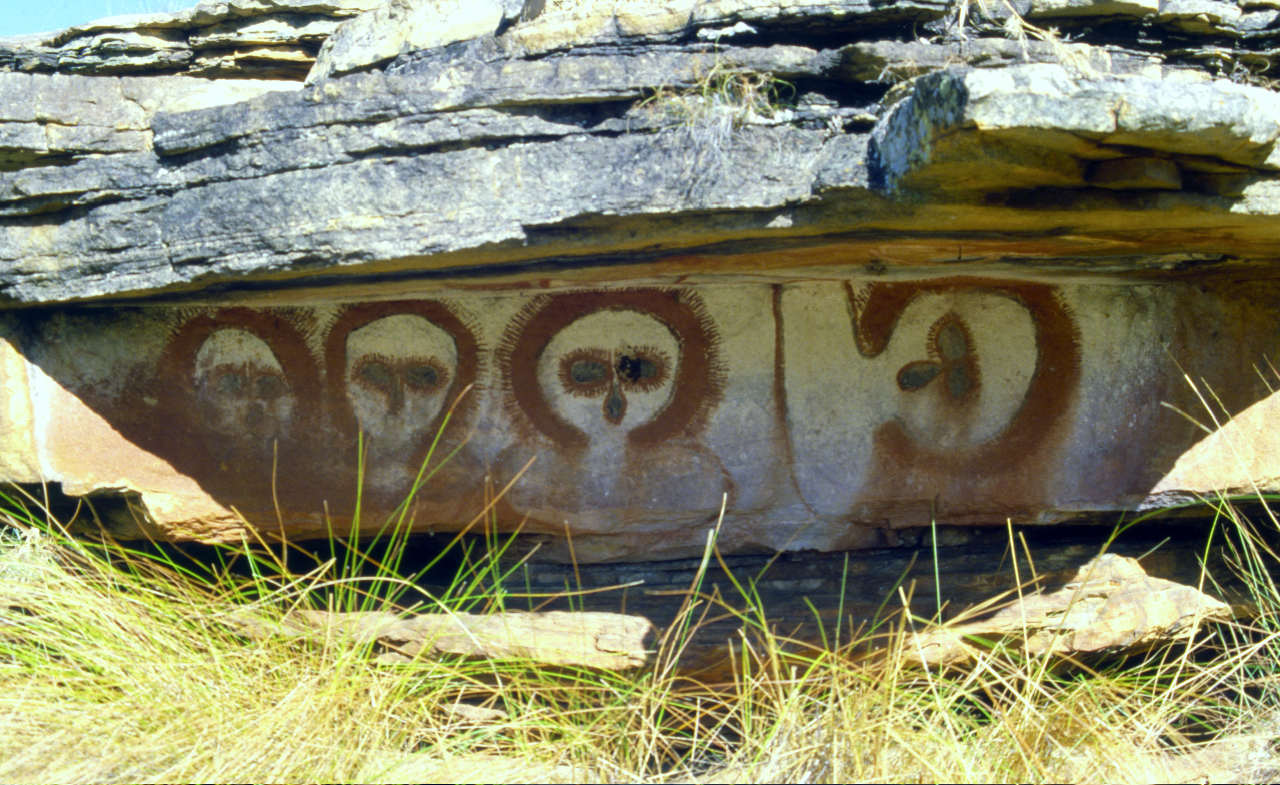PRIZE REVIEW: Kedumba Drawing Award 2024

This month, Arts Law has reviewed the terms and conditions of the Kedumba Drawing Award 2024in New South Wales.
The deadline for this competition is midnight on 16 August 2024.
What is the rating?

Arts Law has awarded the competition 2.5 stars out of 5. Read on to find out more detail.
How did Arts Law help?
Arts Law reached out to the Kedumba Trust to make this competition’s terms and conditions artist friendly. We are delighted that they took on board some of our suggestions and updated the relevant terms from what was originally published and have also said they are considering further changes to the terms for the 2025 award to addressour remaining observations. This process helped to lift the terms from an overall rating of 1 star to the current rating of 2.5 stars of out 5.
How artist-friendly is this competition?
While many terms of the Kedumba Drawing Award are artist-friendly, and the Organisers were willing to make certain changes, there are a few clauses that favour the Organisers that entrants should be aware of. Entrants should be particularly aware of the terms relating to ownership of copyright.
There is an entry fee of $50 for the first entry and $45 for the second. Artists can submit a maximum of two drawings.
Finalists’ works must be available for sale at the exhibit at a price set by the artist (at the time of entering the competition), and the Woollahra Gallery deducts a 25% commission.
How do the copyright terms stack up?
| What is copyright? | Copyright is a bundle of rights that protect literary, artistic, musical and dramatic works (as well as films and sound recordings). These rights allow the owner of copyright to control the ways that a work is used. If you want to learn more, you can read Arts Law’s Information Sheet on Copyright here. |
Copyright is the biggest concern for this drawing award.
There is no express statement in the terms of entry that copyright remains with entrants.
Furthermore, the winner of the award is required to assign their copyright to the Kedumba Trust and the Trust is granted the ability to use the artwork in ‘any manner’ for ‘any purpose’. This assignment of copyright by the winner is concerning as best practice is for copyright to remain with the artist.
Does the competition respect moral rights?
| What are moral rights? | Creators have moral rights when their work is used (i) to attribution, (ii) against false attribution, and (iii) to integrity, which means not having their work treated in a derogatory way. For more information, you can read Arts Law’s Information Sheet on Moral Rights here. |
Arts Law suggested that the Organisers should amend the terms and conditions addressing moral rights. We are thrilled that the Organisers accepted those suggestions and amended the terms so that moral rights remained with the artist, rather than being assigned to the Organisers (which had been the original arrangement).
The terms now expressly state that the entrants retain all moral rights in their artworks. The Kedumba Trust commits to crediting the artist whenever their work is displayed or used. The Organisers also commit to not making any changes to the work and ensuring that the work is not treated in a derogatory manner.
What about Indigenous Cultural and Intellectual Property?
| What is ICIP? | ICIP is a broad term that covers all of the rights that Indigenous people have, and want to have, to protect their traditional arts and culture (including writing, music, performances, paintings, languages, sacred sites, stories passed down orally, and other records of heritage). If you want to learn more, you can read Arts Law’s Information Sheet on ICIP here. |
Arts Law suggested that the Organisers should include terms and conditions addressing any Indigenous Cultural and Intellectual Property (ICIP) that might be embodied in the entries. We are pleased that the Organisers accepted these suggestions and included a process for respecting ICIP.
The terms now include a positive commitment to consult with an internal expert and/or the artist to ensure that artwork is not presented in a way that might be considered by an Aboriginal or Torres Strait Islander community to be, derogatory, degrading, inappropriate or offensive. The Kedumba Trust has also agreed to attribute ICIP,as notified by entrants, in the exhibition.
The terms and conditions also provide that in the event of an Aboriginal or Torres Strait Islander artist’s death, if the gallery is contacted by relatives or representatives of the artist requesting that the artist’s likeness not be displayed, then the gallery will remove the artist’s likeness from any promotional material or publication.
Other issues
The artist (not the Kedumba Trust) must arrange for insurance for the artwork during transportation to and from the exhibition and during the exhibition itself. The artist is also responsible for all costs associated in delivery the drawing to the exhibition. These additional costs may be a barrier to entry for the artist in addition to the entry fee.
The National Association for the Visual Arts ’(NAVA’s) Code of Conduct recommends that Organisers can improve equitable access for artists by paying for or sharing in transportation costs with the artist and paying for artists to be insured while in transit,for the duration of the exhibition and for damage or theft. It would be best practice for the Organiser to offer insurance cover to protect the artwork while it is in theirpossession and control.
The terms do not set out the judging criteria for finalists or the winners of the prizes. Whilst the three judges are identified, the organiser does not state who will be part of the initial selection panel for finalists. Clarity regarding the judging process itself and the criteria for successful entries would help artist to make informed decisions about their entries and prospects for success. The terms also state that the judge’s decision is in their ‘sole and absolute discretion, it is final and not open to challenge’. Entrants should also be aware that if they are selected as a finalist and their work is unsold at the conclusion of the exhibition then they have responsibility to collect the work on either 9 or 10 December 2024. If the work remains uncollected for more than one month, then the work is taken to be abandoned and the Trust may sell or dispose of the work without needing to provide any proceeds to the artist.
The winner of the Kedumba Drawing Award will be acquired by the collection. This means that the artist will no longer own the physical artwork. Entrants may therefore wish to consider the value of their artwork and whether it may be greater than the $20,000 prize money before entering.
What could they have done better?
To receive full five stars, the Kedumba Trust could have:
- Ensured that copyright of the artist whose work is acquired remains with the artist, rather than it being assigned to the Kedumba Trust.
- Taken responsibility for insuring the artworks whilst in the gallery’s possession, including during the exhibition period.
- Setting out clear selection and judging criteria in advance to ensure transparency.
You can lodge a query with us here if you would like to obtain advice from Arts Law about this competition.
What is Kedumba Drawing Award 2024 about?
The Kedumba Drawing Award is an annual drawing competition open to all artists around Australia who are 18 years old and over. There is no set theme.
Entries must be a drawing (maximum framed size of 1.2m x 1.2m) and not older than 12 months. It could have been exhibited, but it must not have been entered into any other prizes or awards.
There will be 50-60 finalists whose works will be exhibited in the Kedumba Gallery (finalists will be notified by 20 September 2024). From the exhibit, the winner will be chosen. The exhibition period is from 17 November 2024 to 8 December 2024.
What prizes are on offer in Kedumba Drawing Award 2024?
There is only one prize available, this being $20,000 and permanent inclusion in the Kedumba Trust of Australian Drawings. Essentially, the winning drawing is acquired by the Kedumba Gallery for the sum of $20,000 to be part of its collection.
About Arts Law’s Prize Reviews
Arts Law regularly reviews the terms and conditions of competitions and rates them out of five stars. Our review looks broadly at the terms and conditions of a competition. In particular, we look closely at how a competition deals with an entrant’s copyright and moral rights, and consider this in light of the prize. Entrants should always take into account the possible profile-raising which may result from being a finalist or winner.
By accepting the terms and conditions of a competition, entrants should be aware that they may be entering a legally binding contract.
For more information, see our free information sheet on competition conditions. Artists are welcome to contact Arts Law for legal advice on the terms of a competition. We also invite competition Organisers to contact Arts Law for best practice assistance to make their terms and conditions fairer for artists.
Further Information
Please email us at [email protected] to tell us about any competitions or prizes you think we should check.
See more about Arts Law’s campaign to improve competition terms and conditions in the Prizes and Competitions section.




